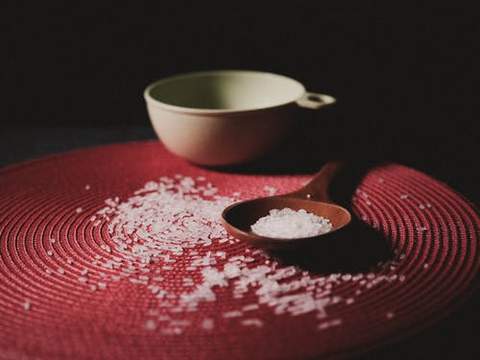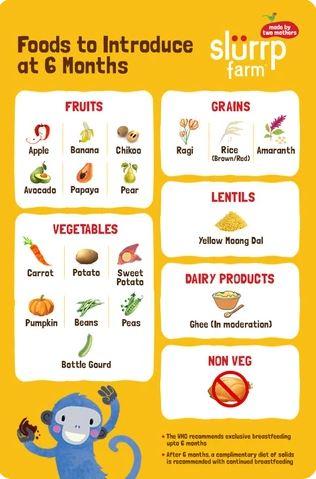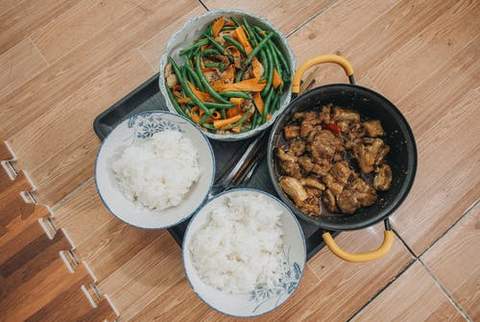By Vaishali Sudan Sharma
Rice is one the most consumed foods on Earth, a staple in many countries around the world including India (especially southern parts) where half of our population loves/depends/thrives on rice.
Unsurprisingly, Scroll India, a popular online portal suggests, “On average, a rural Indian eats 6 kg of rice every month, as compared to around 4.3 kgs wheat. An urban Indian consumes 4.5 kgs of rice per month, as compared to 4 kgs of wheat.”
Did you know?40% Of the people in India are diabetic?You’d ask, “What has rice got to do with that?” |

When we say ‘rice’, most doctors and the medical fraternity have been raising their eyebrows. A recent study conducted by Harvard University has established that consuming just one cup of white rice every day can put one at risk of diabetes (irrespective of one’s nationality or whether genetics is playing a role in running).
Most of us are now waking up and becoming more conscious of what we eat and feed our families.
So, what should we replace rice and wheat with?
1. Foods we eat are converted to glucose by the body. White polished rice raises blood sugar levels dramatically. That is why rice has a high GI (Glycemic Index). The foods that create high GI levels in our bodies are known to put us at risk of life-threatening diseases, such as diabetes in the long run.
2. Most Diabetic patients are asked to go on the millets diet because compared to white rice or wheat, millets are high on fibre and control blood sugar and cholesterol levels. With millets, you eat slow and consume less because of the fibre content. The process stimulates the digestive juices and ensures slow digestion. This controls insulin secretion to a great level,” he says.

3. We can replace rice with a healthier substitute such as a sustainable supergrain- millets (good for us and farmers too). There are different types of millets. They include jowar (sorghum), ragi (finger millet), kangni (foxtail millet), arke (kodo millet), sama (little millet), and bajra (pearl millet)…
Due to its small grain size, millets is normally consumed unpolished and in its purest form. While finger millets (aka ragi) traditionally is a staple in southern Indian food cultures, it has in recent times gained popularity across the country.
Would you like to know why we must replace it with rice (and wheat)? Read on…
Why Millets?
Millets are not only good for diabetics but kids and adults as well:
1. Ragi contains more calcium than any other cereal (even more than milk!) and can help boost the bone-strengthening material in the human body.
2. Ragi abounds in phosphorus that aids bone and dental health, digestion, and balances the pH levels in our body.
3. Ragi’s high-fiber content helps keep people fuller for longer (bye-bye unwanted cravings)- so if your little ones are super active and running around all day, don’t worry, we’ve got their energy levels covered!
4. Ragi is an excellent source of natural iron and is therefore a great addition to the diets of children and adults with low hemoglobin levels.
How can we include it in our daily diet?
Millet dosa, khichri, porridge, or millet upma with curd along with fruits, salads, steamed corn, and whatnot, this is an ideal and wholesome meal for babies, kids, and the entire family.
If you thought millets are boring, think again. Slurrp Farm has close to 100 recipes that are tasty not just for you but for your entire family.
Want to get hold of our first and FREE version? Download now!
Did you know that most babies consume ragi as their first foods?

Click here for weekly food charts for your 6-months old baby
Rice or millets?
If you love rice, we’re not asking you to cut it out of your diet plan permanently. All we are suggesting is that you need not eat a particular type of grain forever. A balanced diet with the right kind of rice is as important. You must opt for 7 different grains for seven different days, e.g. start with wheat, move to jowar, then ragi, bajra followed by rice, and so on…
Remember to eat a balanced meal. Complimenting your grain with the right amount of meats/vegetables, lentils, and pulses such as Bengal gram, green gram, black gram can amp up your nutrition quotient. Top it up with probiotics, such as yogurt, buttermilk or immunity-boosting jaggery lemonade, gur ka sharbat.
Did you know that millets are gluten-free? |
Eat when hungry:
Millets are said to flush out toxins and replenishes the body with vitamins, minerals, carbs, and good cholesterol. The fiber content ensures a good digestive function. When the nutrients get absorbed, it ensures that all the organs perform their job properly.

Now that you have read this blog post, would you be interested in changing your lifestyle for the better?
Next time you feel guilty about eating rice for lunch and dinner, think about this…
Which is better rice or millets?
